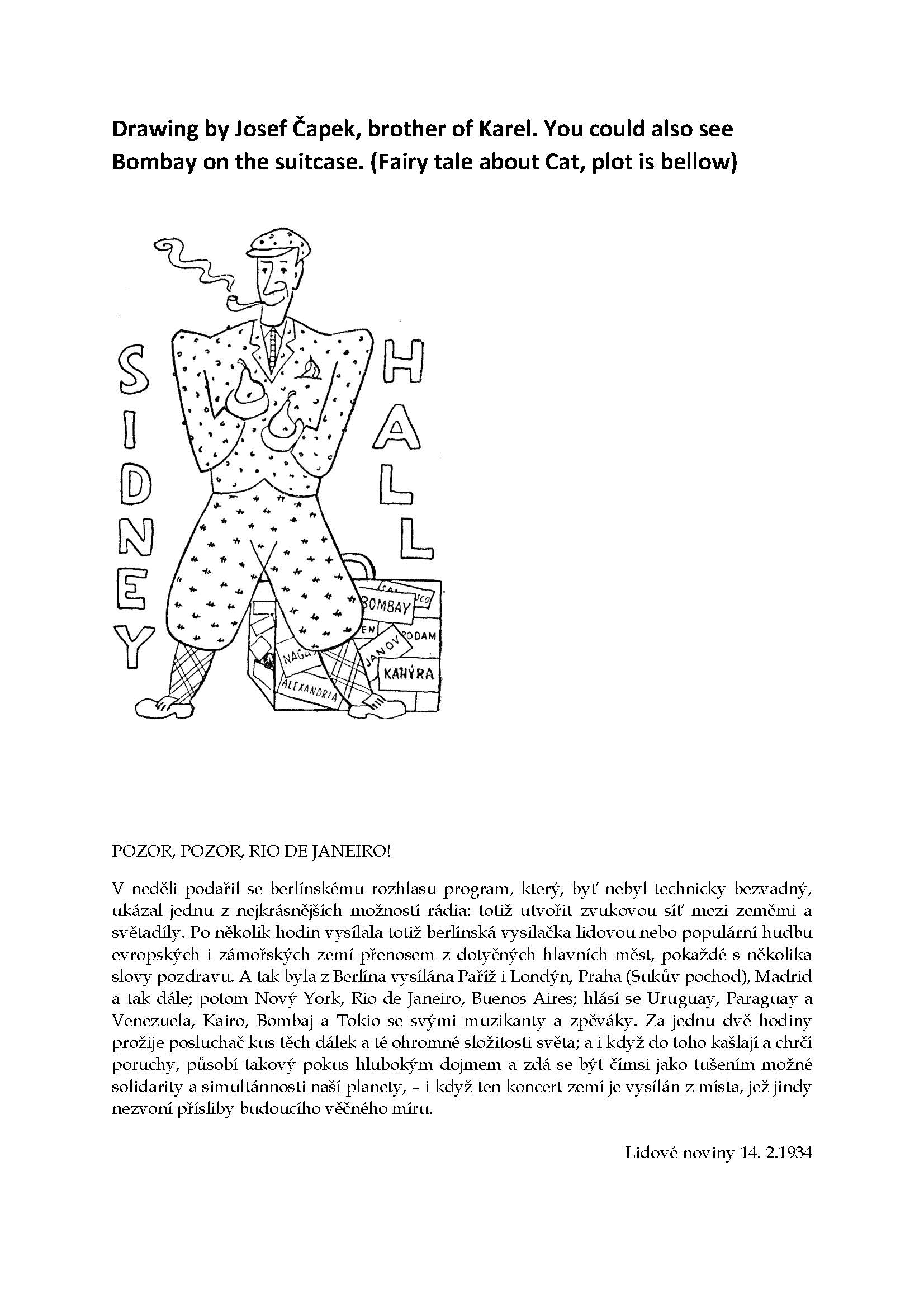Archive
The Mother
- Theatre
The Mother
Word Count: 2
- Matka, Ai
- 1942
Balmohan school hall, Dr Madhukar B Raut Marg, Dadar West, Shivaji Park, Bombay (now Mumbai).
- Mumbai (IN)
Karel Čapek’s (1890–1938) play The Mother (Matka in Czech, 1938) was translated into Marathi as Ai in 1942 and subsequently staged in Bombay.
Word Count: 21

Illustration by Josef Čapek from the fairytale A Long Tale about a Cat by Karel Čapek, 1931 (Čapek 1932, p. 28). Ai, translated by Madhav Manohar. Preface by V S Khan[m]dekar. Associated advertisers and printers, 1942.
Gokhale, Shanta. From an email conversation with the author. Received by Simone Wille, 19 February 2021.
Gokhale, Shanta. “The Bombay modern in four languages”. Journal of Postcolonial Writing, 53:1-2, 162-175. DOI: 10.1080/17449855.2017.1293885
Mědílek, Boris, editor. Bibliografie Karla Čapka. Academia, 1990.Zahirovic, Hasan. From an email conversation with the author. Received by Simone Wille, 17 February 2021.
Word Count: 68
- Bombay
- Simone Wille. "The Mother." METROMOD Archive, 2021, https://archive.metromod.net/viewer.p/69/2951/object/5140-12041454, last modified: 07-09-2021.